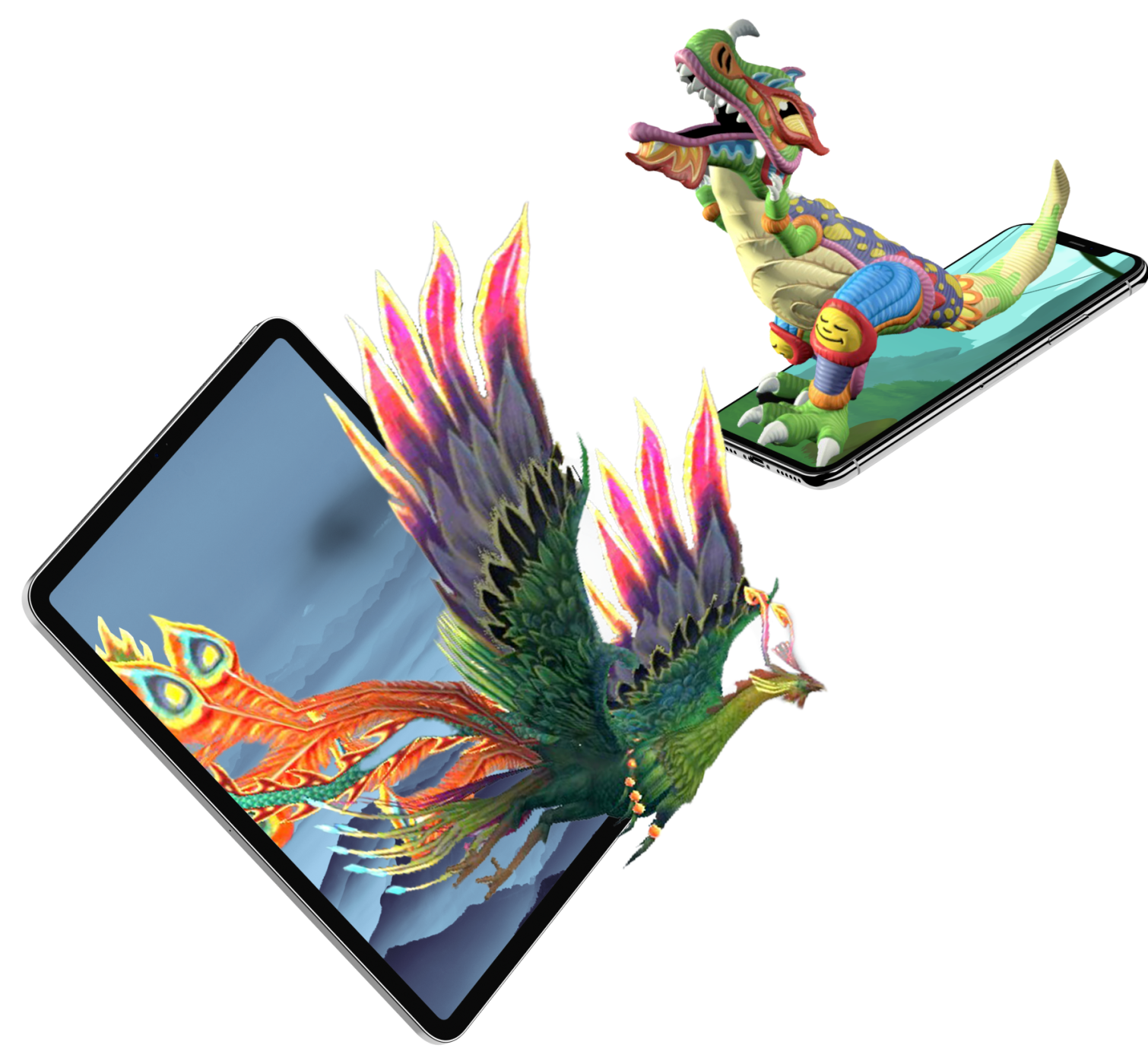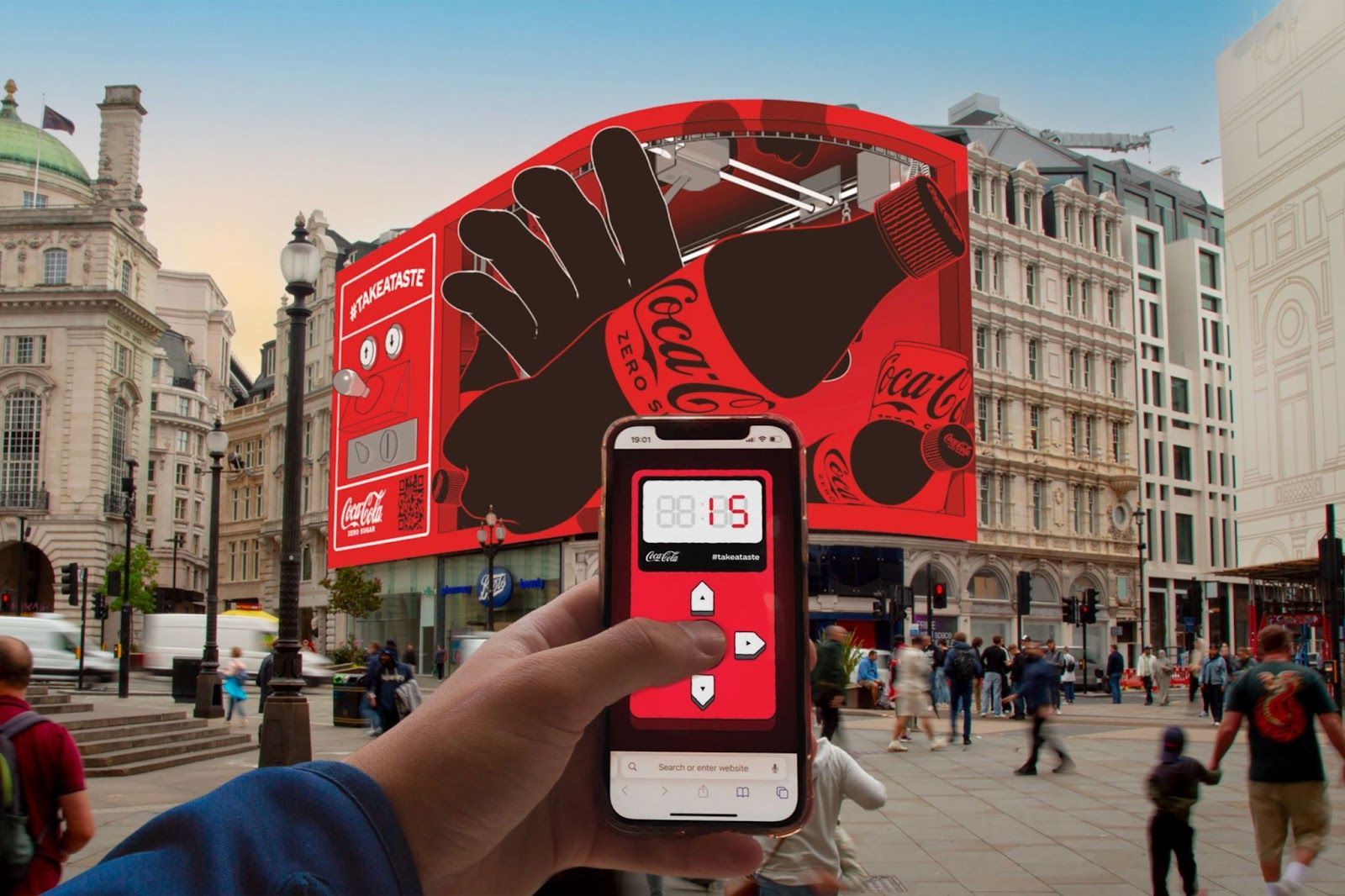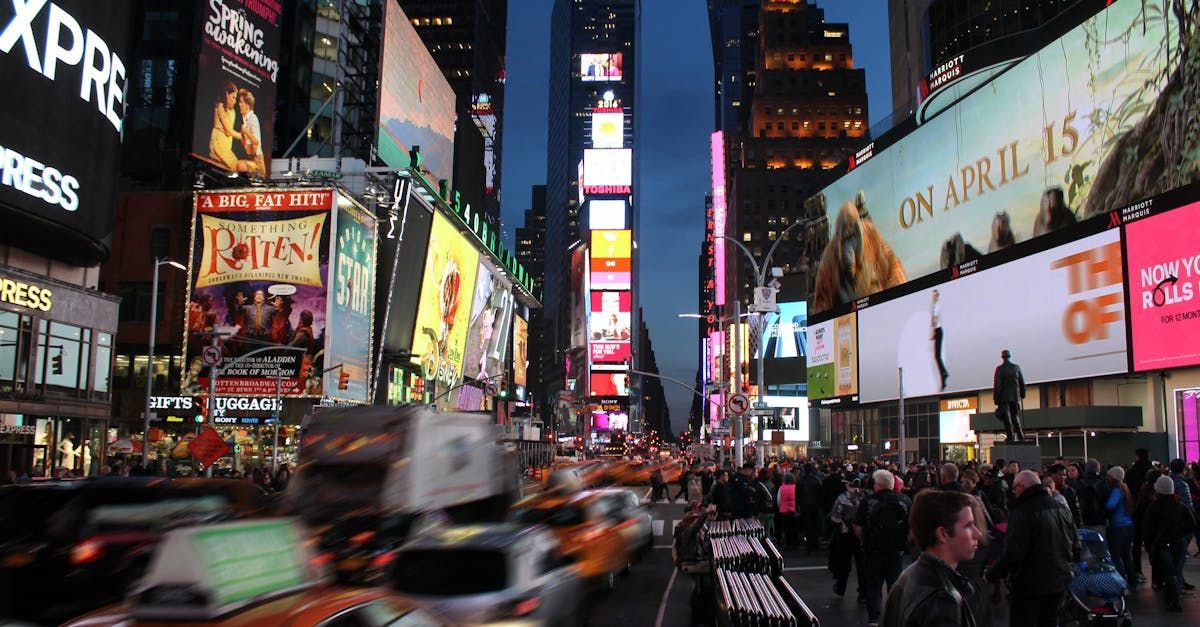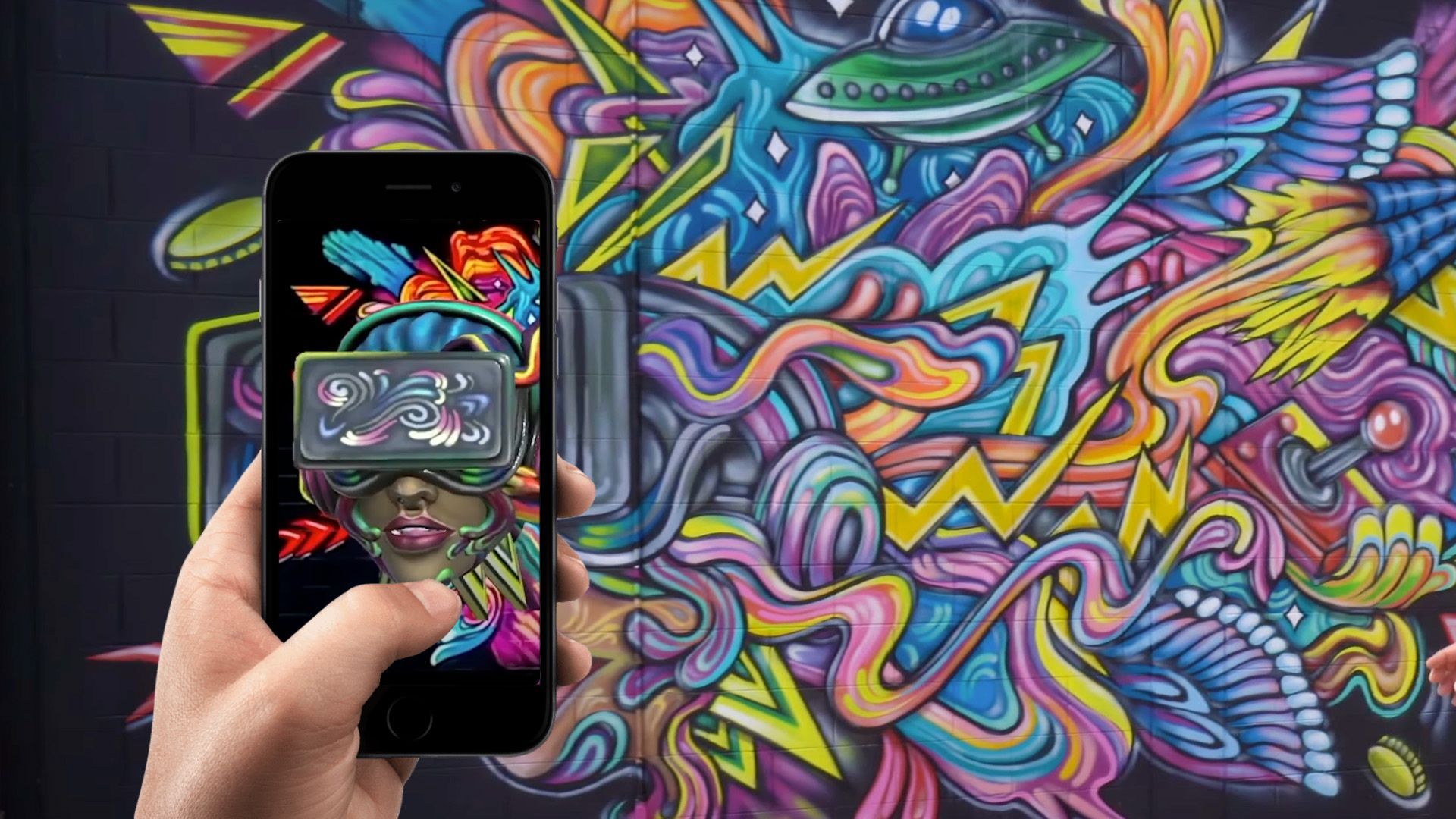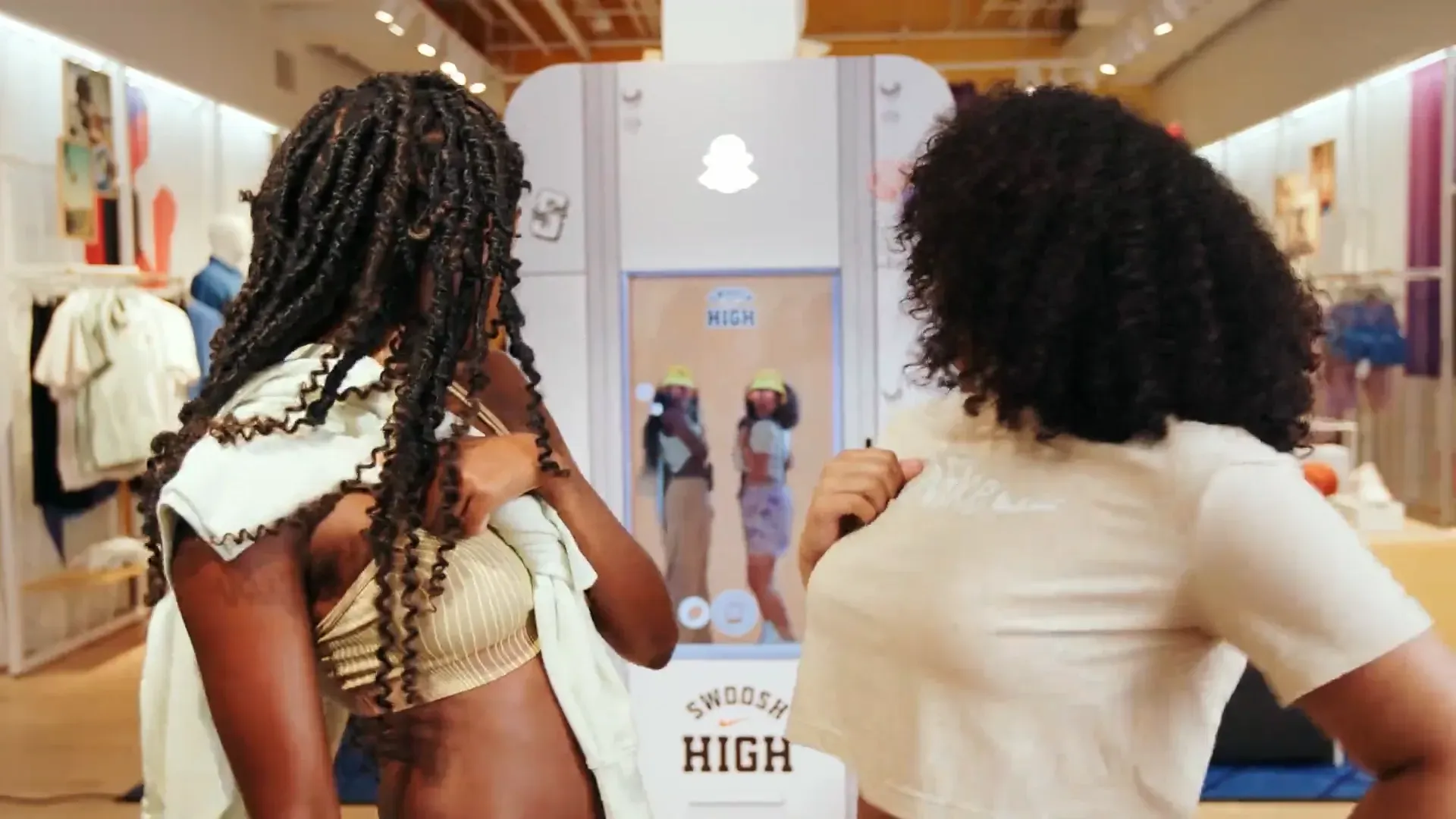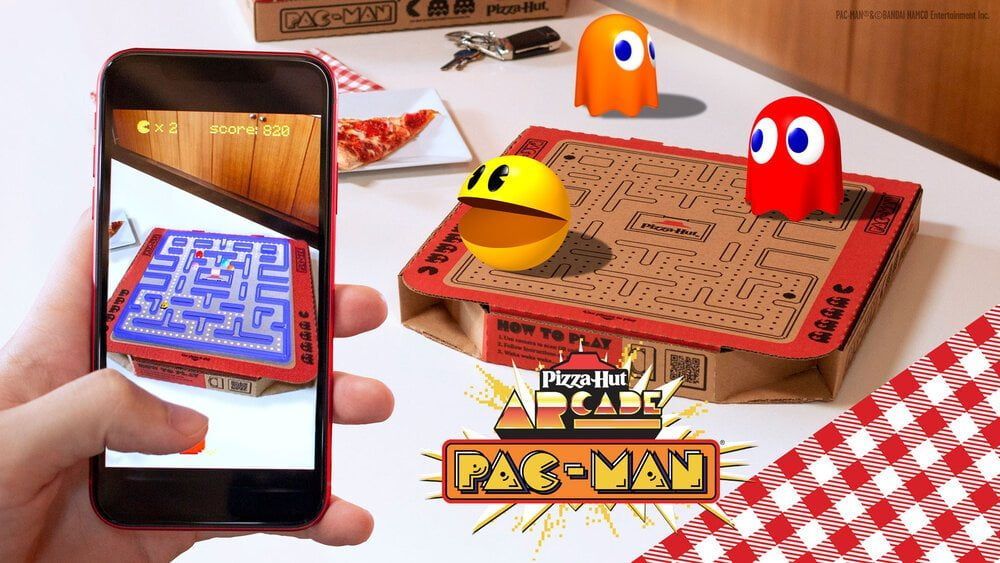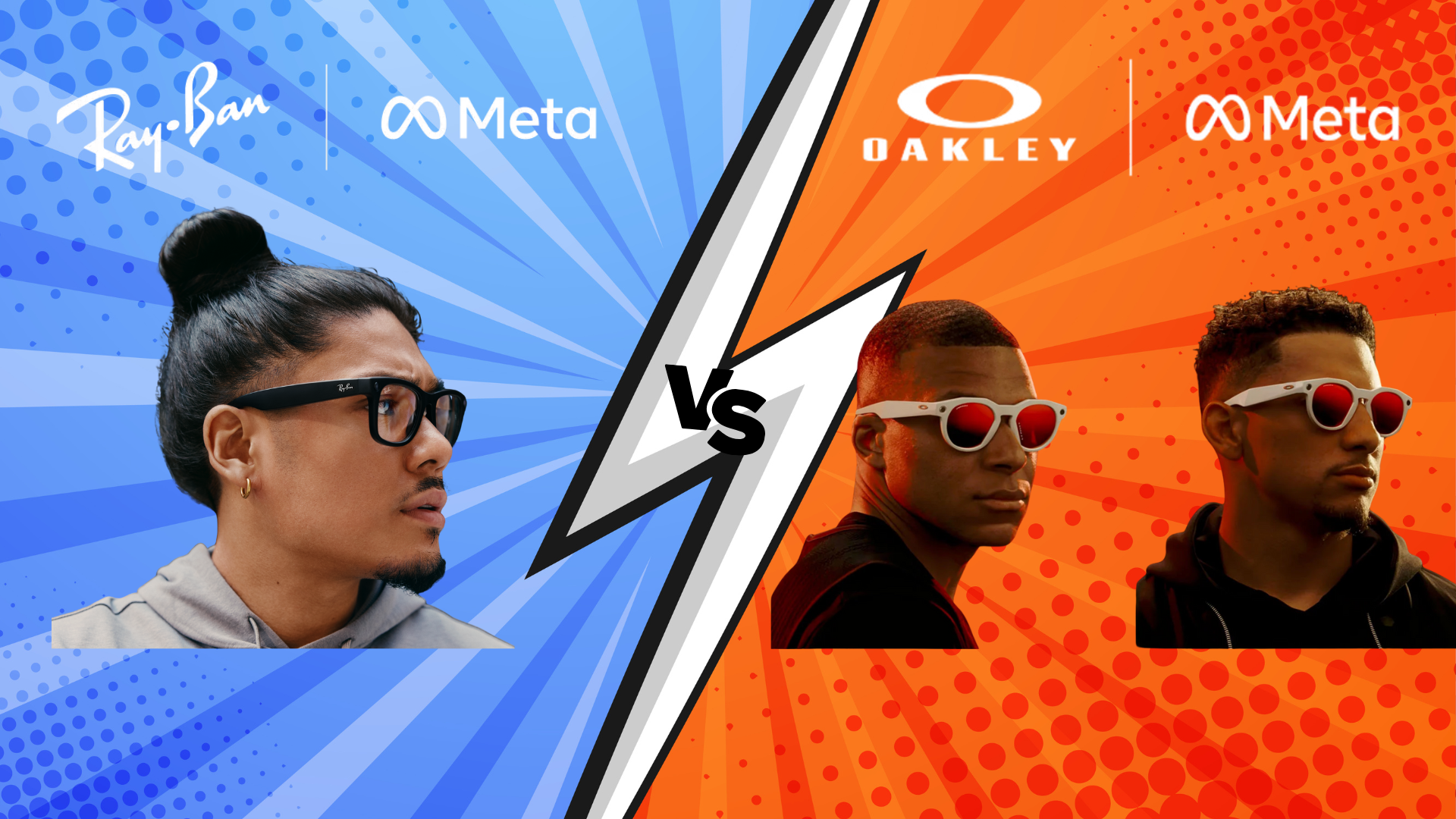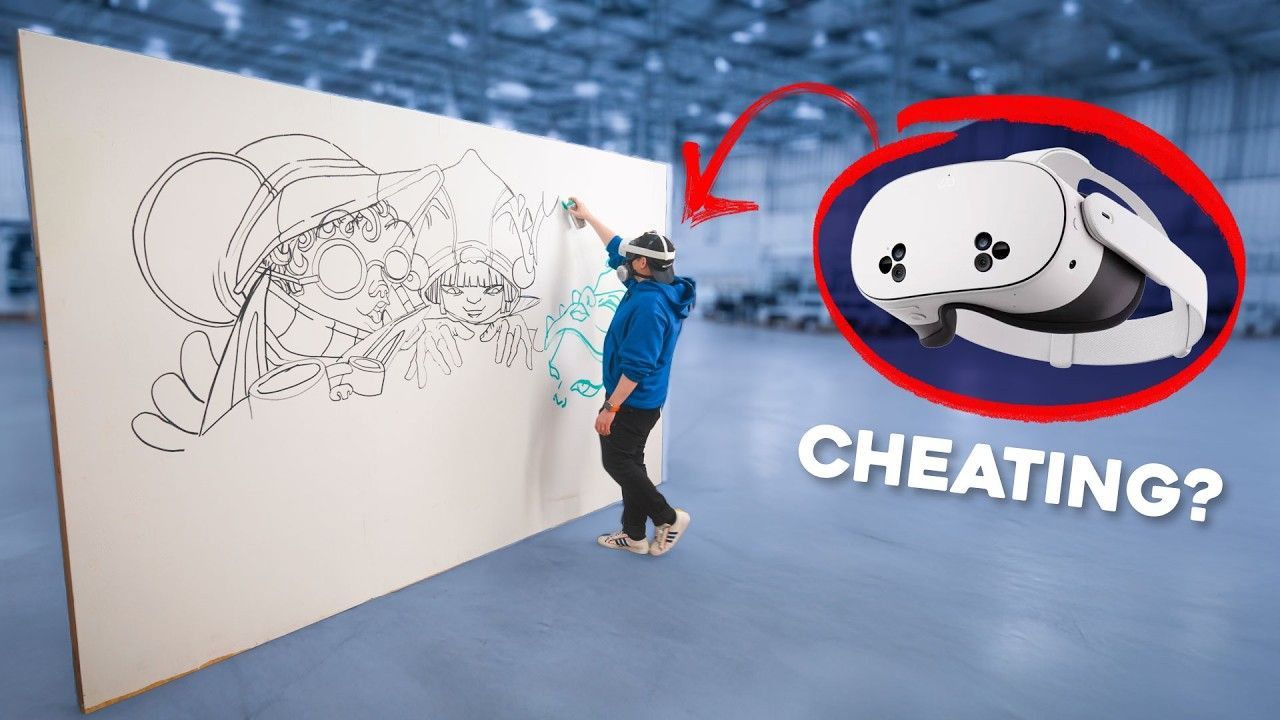AR Mirrors for Trade Shows and Events: Engagement Metrics that Matter
In today's business world, brands are always looking for exciting ways to grab attention and craft unforgettable experiences at trade shows and corporate events. One standout tool making waves in event marketing is Augmented Reality (AR) mirrors. They offer a fantastic mix of advanced technology and engaging interaction, taking the experience beyond what traditional displays can achieve match.
As marketing leaders allocate substantial budgets to advanced technologies, understanding which metrics are truly important becomes essential for measuring ROI and justifying expenses. This article examines the key engagement metrics that should be monitored when deploying AR mirrors at your next major event.
What Are AR Mirrors and Why Should Marketers Care?
AR mirrors merge digital displays, camera technology, and advanced software to create interactive experiences where attendees see their reflections alongside superimposed digital elements. Unlike traditional AR applications that depend on smartphones or headsets, AR mirrors offer a communal and accessible experience without requiring special equipment from participants.
For brands, these installations represent a significant advancement from traditional booth attractions:
- They create shareable, branded moments without the friction of app downloads
- They generate data-rich interactions that can be measured and analyzed
- They accommodate multiple participants simultaneously, increasing engagement efficiency
- They produce professional-quality content that attendees actively want to share
Key Engagement Metrics for AR Mirror Deployments
1. Participation Rate
What it measures: The percentage of booth visitors who engage with your AR mirror experience.
Why it matters: A low participation rate may indicate positioning issues, unclear signage, or a failure to communicate the value proposition clearly enough to draw people in.
Industry benchmark: Top-performing AR mirror installations achieve 65-80% participation among booth visitors, compared to 30-40% for traditional interactive displays.
How to improve it: Position your AR mirror in high-traffic areas with clear sightlines. Train staff to actively invite and guide visitors to the experience. Create clear, compelling signage that communicates the experience in 5 words or less.
2. Session Duration
What it measures: The average time users spend actively engaging with the AR mirror experience.
Why it matters: Longer sessions typically suggest increased engagement and offer greater chances for brand messaging to be recognized. They also generate natural opportunities for sales representatives to start conversations.
Industry benchmark: The typical AR mirror session lasts between 2 to 4 minutes, which is significantly longer than the 20 to 30-second average for traditional booth interactions.
How to improve it: Develop multi-stage experiences that progress over time. Integrate gamification elements or personalization options to promote deeper exploration. Structure the user flow to naturally enhance engagement through multiple interactions.
3. Content Sharing Rate
What it measures: The percentage of participants who share their AR content on social media or via email.
Why it matters: Each share extends your brand reach beyond the confines of the event and creates authentic, peer-to-peer endorsement of your brand experience.
Industry benchmark: Well-designed AR mirror experiences achieve 50-60% content sharing rates, compared to 5-10% for traditional photo booths.
How to improve it: Ensure the generated content is visually striking and unique. Simplify the sharing process to a single tap or email entry. Add branded elements that are subtle but recognizable. Incorporate real-time editing options that empower users to perfect their content before sharing.
4. Data Capture Rate
What it measures: The percentage of participants who provide contact information during the experience.
Why it matters: Converting anonymous interactions into identifiable leads is essential for post-event follow-up and calculating true ROI.
Industry benchmark: Optimized AR mirror experiences achieve 70-85% data capture rates when value exchange is clearly communicated.
How to improve it: Create a clear value exchange (e.g., "Share your email to receive your AR experience video"). Integrate data capture seamlessly into the user flow rather than adding it as an afterthought. Use progressive profiling to gather the most critical information first.
5. Brand Recall Lift
What it measures: The increase in brand recall among event attendees who experienced your AR mirror versus those who did not.
Why it matters: The ultimate goal of event marketing is to create lasting brand impressions that influence future purchasing decisions.
Industry benchmark: Events featuring AR mirrors have demonstrated 40-60% higher brand recall compared to traditional booth displays.
How to improve it: Integrate your brand identity thoughtfully throughout the experience. Create emotional moments that forge stronger memory connections. Design the AR elements to reinforce key brand attributes or product benefits.
6. Net Promoter Score (NPS)
What it measures: The likelihood that participants would recommend your brand or product to others after experiencing your AR mirror installation.
Why it matters: NPS is a proven predictor of growth and customer loyalty, making it valuable for assessing long-term impact.
Industry benchmark: Well-executed AR mirror experiences typically generate NPS scores 15-20 points higher than overall event averages.
How to improve it: Focus on eliminating friction points in the user experience. Train staff to enhance the experience through timely assistance. Create surprise and delight moments that exceed expectations.
7. Lead Quality Score
What it measures: The quality of leads generated through AR mirror interactions, based on qualification criteria specific to your business.
Why it matters: Not all leads are created equal; understanding which experiences generate the highest quality prospects helps optimize future deployments.
Industry benchmark: Leads generated through interactive technology like AR mirrors show 25-30% higher qualification rates than general event leads.
How to improve it: Integrate qualification questions naturally into the experience. Design content variations that appeal specifically to your ideal customer profile. Create backend systems that automatically score and prioritize leads based on interaction patterns.
8. Return on Experience (ROX)
What it measures: A composite metric combining quantitative measures (leads, shares, etc.) with qualitative measures (sentiment, brand perception shifts).
Why it matters: Traditional ROI calculations often miss the brand-building and relationship development aspects of experiential marketing.
Industry benchmark: Leading companies have developed proprietary ROX formulations, but most include weighted values for immediate metrics and longer-term impact indicators.
How to improve it: Create a consistent ROX formula that aligns with your specific business objectives. Monitor both immediate metrics and longer-term outcomes. Utilize control groups when feasible to isolate the effects of your AR mirror activation.
Implementing Effective Measurement Systems
Simply knowing which metrics matter isn't enough – you need robust systems to capture this data accurately. Consider these implementation strategies:
Integrated Analytics Platforms
Modern AR mirror solutions should include backend analytics that automatically track participation rates, session durations, and content generation. Ensure your vendor provides real-time dashboards that allow for on-site optimization.
RFID/NFC Integration
Integrate your AR mirror with event badge scanning or RFID/NFC technology to seamlessly identify participants and connect their interactions to existing CRM records.
Post-Event Surveys
Deploy targeted surveys to different segments: those who engaged with your AR mirror versus those who visited your booth but didn't participate, to measure differential impact.
Sales Funnel Tracking
Implement unique tracking codes or flagging systems in your CRM to follow AR mirror-generated leads through your sales pipeline.
Case Study: TripAdvisor Elevates Trade Show Performance
TripAdvisor implemented AR mirrors at their flagship industry event with the following results:
- 78% participation rate among booth visitors
- 3.5-minute average engagement time
- 64% content sharing rate
- 87% data capture rate among participants
- 52% higher brand recall compared to previous year
- Lead quality scores 35% higher than booth average
- 3.2x ROI based on pipeline generation
The key to their success was a carefully designed experience that allowed attendees to "try on" vacations, visualizing themselves in exotic destinations across the world in an engaging, personal way way.
Future Trends in AR Mirror Analytics
As the technology matures, expect these advanced metrics capabilities to become standard:
- Emotion AI Integration: Using facial recognition to measure emotional responses during different stages of the AR experience
- Cross-Event Journey Tracking: Following attendees across multiple events to build comprehensive engagement profiles
- Predictive Conversion Modeling: AI systems that predict which AR mirror interactions are most likely to convert to sales
- Personalization Impact Measurement: Quantifying the effectiveness of dynamically personalized AR content versus standard experiences
Conclusion: From Novelty to Strategic Advantage
AR mirrors have evolved from mere novelties to sophisticated marketing tools that can deliver measurable business impact. For Fortune 1000 marketing leaders, the strategic advantage lies not only in utilizing this technology but also in rigorously measuring its performance against specific business objectives.
By concentrating on the metrics described in this article, marketing teams can consistently enhance their approach, validate technology investments using concrete results, and ultimately provide experiences that both delight attendees and drive significant business outcomes.
As you plan your next major event or trade show presence, consider how AR mirrors – when properly deployed and measured – could enhance your ability to engage prospects, gather actionable data, and create lasting brand impressions in an increasingly crowded marketplace.
TALK TO A PRO
We're here to bring your brand to life!
Stay Connected with BrandXR
Create Augmented Reality for Free!
Create, Publish, and Measure 3D Augmented Reality Experiences Without Having to Code.
